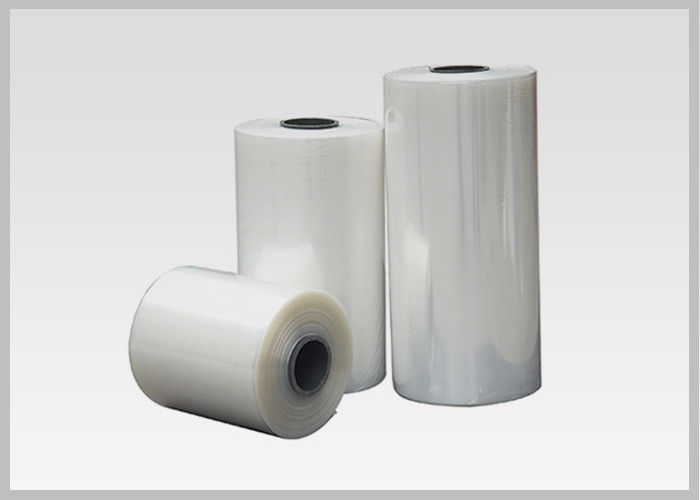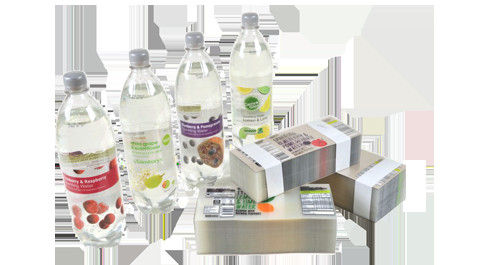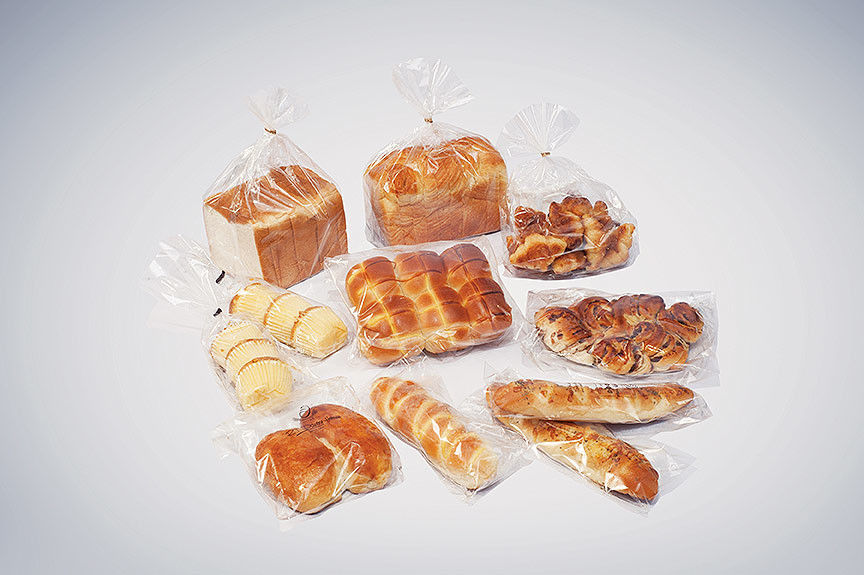40mic Transparent Eco- Friendly & Compostable PLA Film For Packaging & Label
1. Production Description
If you’re an eco-conscious business, you’ll love our PLA films. They’re completely biodegradable, are sourced from renewable locations and are the most ‘green’ film we offer.
Of course, PLA is made from corn starch. To learn more about its properties, get in touch.
Compostability
Composting is a method of waste disposal that allows organic materials to be recycled into a product that can be used as a valuable soil amendment. PLA is made primarily of polylactic acid, a repeating chain of lactic acid, which undergoes a 2-step degradation process. First, the moisture and heat in the compost pile attack the PLA polymer chains and split them apart, creating smaller polymers, and finally, lactic acid. fungi and bacteria are involved in PLA degradation. The end result of the process is carbon dioxide, water and also humus, a soil nutrient. This degradation process is temperature and humidity dependent.
2. Product Requirement
1) High Moisture Transmission
2) High Compostability
3) High Flexural Strength
3. Advantages
1) Capable of refrigeration, keep fresh, biodegradable.
2) With lamination can be sustained refrigeration for 5-7 days.
- 100% environmental-friendly raw material and can reduce the use of carbon.
- Unique characteristic for direct food contact.
- Good transparency, light transmittance reaches 93%
- Easily lamination processed with plastic or paper.
- Illustrious surface with high level of transparency.
- Extruding grade in equal thickness and superior film tenacity.
- Suited with great capability for printing & various purpose and can be twisted.
4. Application
1) Replacement for plastic packaging made from petrochemical materials. (ex.: plastic bag, bouquet pack, and bread bag)
2) Window films for envelopes
3) Cardboard films
4) Packaging food films:
- for wrapping food, sandwiches, flowers
- lid films for PLA trays
- flow-pack films
- Candy twist packaging.
5) Label film

5. Raw Materials
HYF sustainable packaging films are made of 100% PLA
More compostable and sustainable packaging is a key measure to ensure our future. The dependency on crude oil and its impact on future developments made our team to widen its view towards a compostable, sustainable packaging.
HYF PLA films are made of PLA resin which Poly-Lactic-Acid is obtained from corn or other starch/sugar sources.
| • Plants grow by photo-synthesis, absorbing CO2 from the air, minerals and water from the soil and the energy from the sun; |
| • The starch and sugar content of the plants is converted into lactic acid by microorganisms via a fermentation process; |
| • Lactic acid is polymerized and becomes poly-lactic acid (PLA); |
| • PLA is extruded into film and becomes flexible packaging; |
| • Flexible sustainable packaging is composted into CO2, water and biomass; |
| • Biomass is absorbed by plants, and the cycle continues. |
6. FAQ
1) What is PLA?
PLA is a biopolymer made from plant-derived sugars that are fermented and converted into lactic acid. The lactic acid molecules then link to form rings called lactide monomers, which then link together to create a chain of polylactide polymer.
2) Are bio-based plastics, PLA, and degradable plastics all the same thing?
No. PLA and other bio-based plastics are made from plant materials, often corn. Not all bio-based plastics are degradable. Some petroleum-based plastics can biodegrade. Degradable additives are claimed to work in many resins. A degraded material is an opportunity lost to reuse a valuable resource.
3) Are all degradable plastics the same?
No. There are two distinct sets of materials involved in the degradable question.
One set of degradable plastics are materials such as PLA (Polylactic Acid) that are unique plastics for which biological degradation potential is part of the nature of the plastic.
The second set is materials of the standard #1 PET, #2 HDPE, #4 LDPE, #5 PP and #6 PS with special degradable additives included. The mechanisms for degradation vary with additive type.
4) Why is HYF film made from PLA better than conventional petrochemical-based polymers?
Because less energy is used to produce the PLA pellets. Up to 65% less fossil fuel and 65% less greenhouse-gas emissions than when making traditional plastic.
5) How much plant material is required for PLA?
100 bushels of corn are equal to 1 metric ton.
6) Will HYF plastic film degrade on shelves?
No. HYF will not degrade on shelves and has a similar shelf-life to other petroleum based plastics.
7) How can HYF packaging film be disposed of?
HYF plastic offers more end-of-life options than any other material. It can be physically recycled, composted industrially, incinerated, put in landfill and even recycled back into it′s original lactic acid state.
8) Can I get a sample of Evlon Compostable Plastic Film?
Yes. To request a sample, visit our "Contact Us" section and submit your request by email.
9) I have tried other PLA films with no success. Why would HYF be most likely to succeed?
What is different about HYF, is that it has an excellent heat seal range, making it an easy transition from most OPP films on typical packaging equipment.
With a range of 150 to 210°F (65-98°C), most heat seal machines require the temperatures of the sealing bar to be turned down considerably to produce a good seal, and another common change is to reduce the dwell time as well to maximize seal strength.
A common mistake is to try to run it too hot. If there is distortion around the seal and/or the film becomes brittle and cracks or breaks at the seal, the sealing bar temperature is probably too hot. Turn the temp down to make a better seal, and save some energy in the process!
10) Is the Thermal Stability better than other PLA films?
Due to its unique process, HYF films are exceptionally heat resistant. With little or no dimensional change with processing temperatures of 60°C (and less than 5% dimensional change even at 100°C for 5 minutes).
11) Does it need be treated for printing?
--- No need. It has been corona treated.
12) what printing inks can be used (UV or solvent based)?
--- The printing inks is same as the printing inks you are using, UV or solvent based is ok.
13) What is the storage conditions?
--- Please store it in low temperature( 20℃);
--- Do not expose to rapid temperature changes
--- Do not store in direct sunlight
--- For mechanical, moisture and dust protection, store film in its original packaging.
14) What is Shelf life?
Suggest that it is used within 12 months from the production date.

 Your message must be between 20-3,000 characters!
Your message must be between 20-3,000 characters! Please check your E-mail!
Please check your E-mail!  Your message must be between 20-3,000 characters!
Your message must be between 20-3,000 characters! Please check your E-mail!
Please check your E-mail! 



